VW STRAIN GAUGE STRAND ANCHOR VWS-2800
The VWS-2800 vibrating wire strain gauge is designed for the monitoring of strain along stranded anchors.
The gauge is housed within a robust cover to de-bond it from the surrounding grout and the specially-designed mounting blocks ensure the strain is transferred from the strand to the gauge. The low profile design means that multiple sensors can be installed along the bonded length of strand anchors.
Categories: Geo-Structural Instruments, Strain Gauges
Description
The strain gauge operates on the principle that a tensioned wire, when plucked, vibrates at its resonant frequency. The square of this frequency is proportional to the strain in the wire.
The gauge consists of two end blocks with a tensioned steel wire between them. The end blocks can be attached by either arc welding, bonding or groutable anchors to steel or concrete.
Around the wire is a magnetic coil which, when pulsed by a vibrating readout or data logger interface, plucks the wire and measures the resultant resonant frequency of vibration. As the steel undergoes strain the end blocks will move relative to each other. The tension in the wire between the blocks will change accordingly thus altering the resonant frequency of the wire.
Additional information
| Brands | |
|---|---|
| Strain Range |
7500 με |
| Gauge length |
150mm |
| Overall length |
156mm |
| Resolution |
1 με |
| Accuracy |
±0.1% to ±0.5% FS |
| Non linearity |
<0.5% FS |
Reviews (0)
Be the first to review “VW STRAIN GAUGE STRAND ANCHOR VWS-2800” Cancel reply
About brand
Geosense Ltd is one of Europe’s leading manufacturers and suppliers of instruments to the geotechnical, civil engineering, mining and environmental industries.
Geosense products are used globally in major projects in more than 68 countries. With a comprehensive in-house design and manufacturing capability, we can provide products not only to tight deadlines but also to suit custom-engineered solutions for specific project requirements.
Geosense specialises in the manufacture of vibrating wire and MEMS sensors, which are used to produce a wide range of instruments. In addition we manufacture automated data acquisition systems to complement our sensors, including wireless systems.
Data Sheets
Related products
VW PIEZOMETER VWP-3000 SERIES
In stock
Rated 0 out of 5
IPX IN-PLACE EXTENSOMETER
In stock
Rated 0 out of 5
The In-Place Extensometer (IPX) offers automated monitoring of standard magnetic extensometer installations. The system is designed for a simple, adaptable installation with a single cable connection at the top of the borehole. Its large measurement range accommodates large levels of settlement or heave, and ease of adjustment means it can be reconfigured for changed site conditions such as embankment filling or cutting.
NANO TRIAXIAL TILT SENSOR
In stock
Rated 0 out of 5
The Nano range uses the same core platform as our other tilt sensors, so it can deliver a similar level of performance and reliability, all in a small and robust enclosure. Nanos have been successfully used in many applications, including:
- Tunnel distortion
- Tunnel heave/settlement
- Embankment slippage (used in conjunction with stake mounts)
- Structural movement
- Rail track heave/settlement
- Rail trackbed cant and twist
IPI-X IN PLACE INC – EXT
In stock
Rated 0 out of 5
WATER LEVEL METER
In stock
Rated 0 out of 5
HUMIDITY & CORROSION (CorroDec®2G)
In stock
Rated 0 out of 5
The structural infrastructure must always meet requirements such as performance, stability and durability. These requirements will have a lasting effect on our mobility in the future. The corrosion risk and the corrosion activity of the reinforcing steel largely define these requirements and are determined by various impact and material parameters.
INCLINOMETER CASING XC
In stock
Rated 0 out of 5
MAGNETIC EXTENSOMETER GXM RANGE
In stock
Rated 0 out of 5
The GEO-XM settlement system is a magnet extensometer system used typically to monitor settlement and heave in foundations, excavations and embankments.
Data received identifies the depth and position where settlement has occurred as well as the total amount of settlement.
It can also be installed behind retaining structures, such as sheet piles and slurry walls, and above underground openings, such as tunnels and shafts.


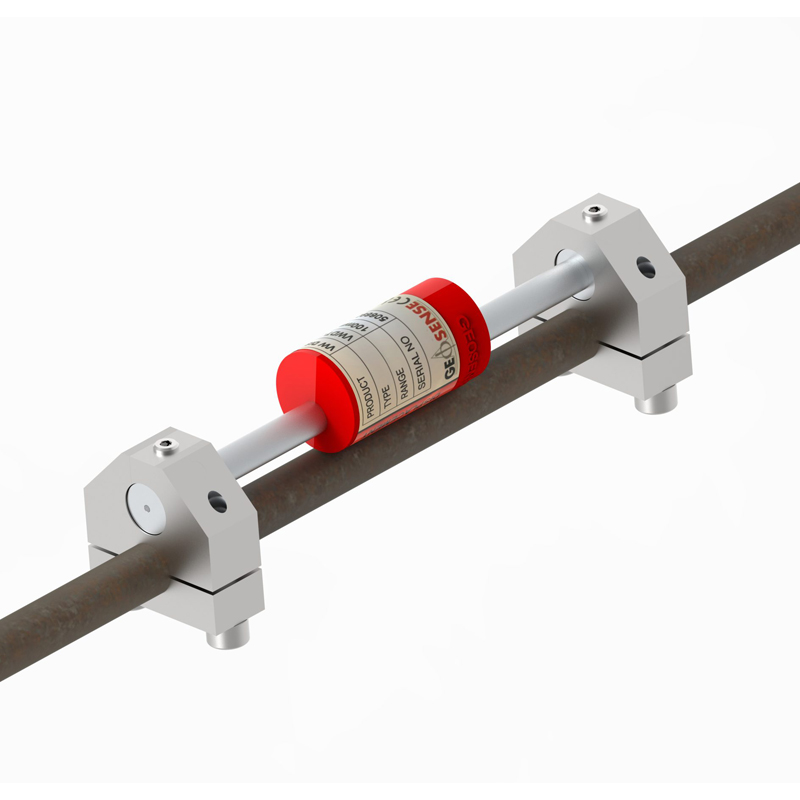

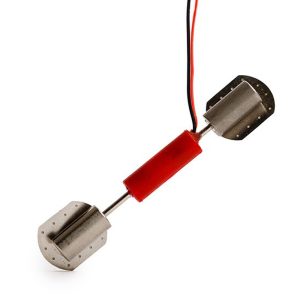
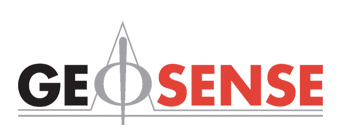
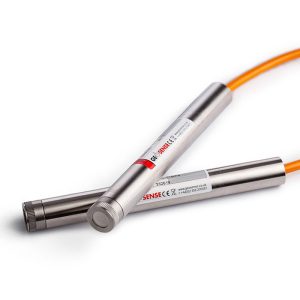

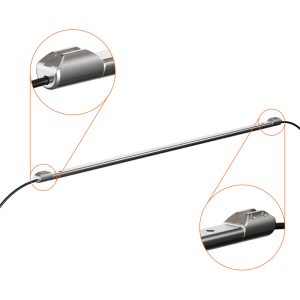

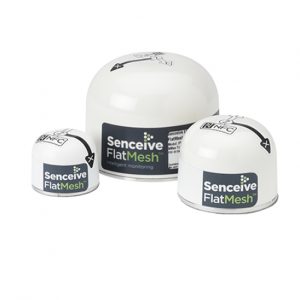
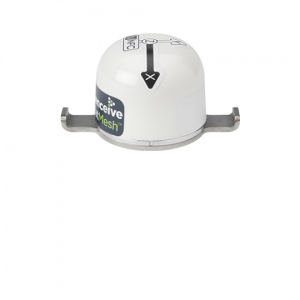
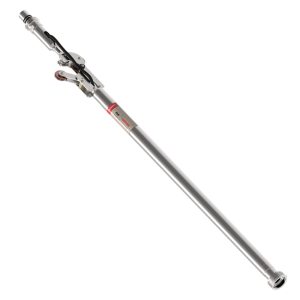
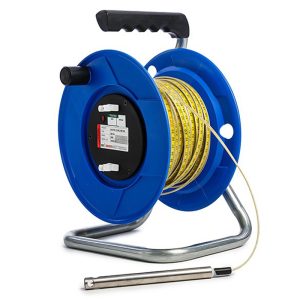
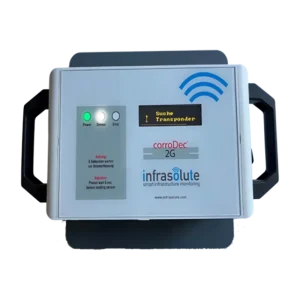
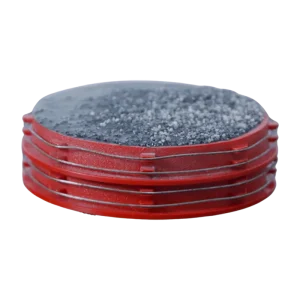
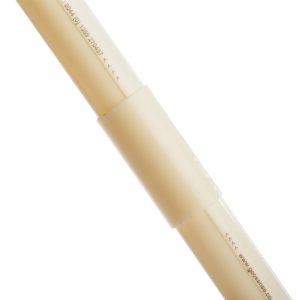
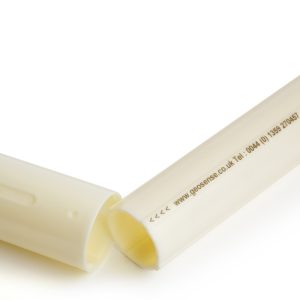
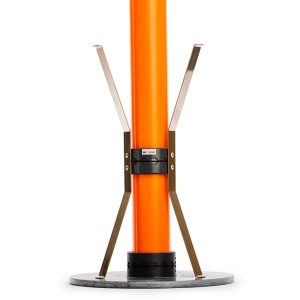
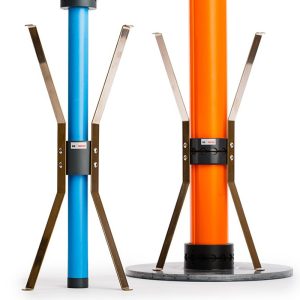
Reviews
There are no reviews yet.